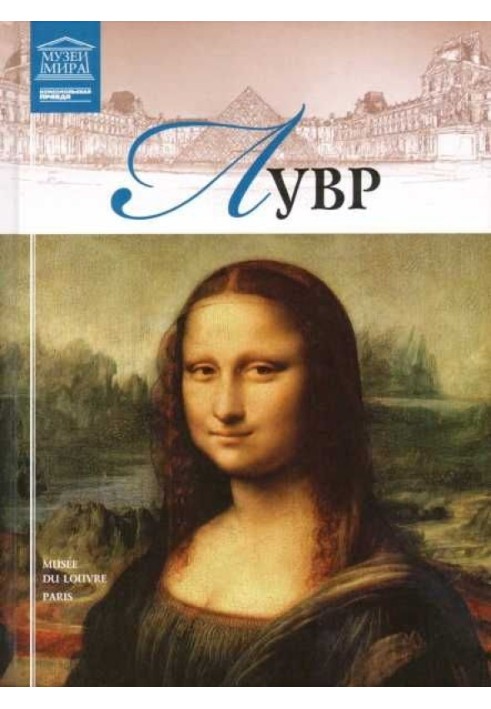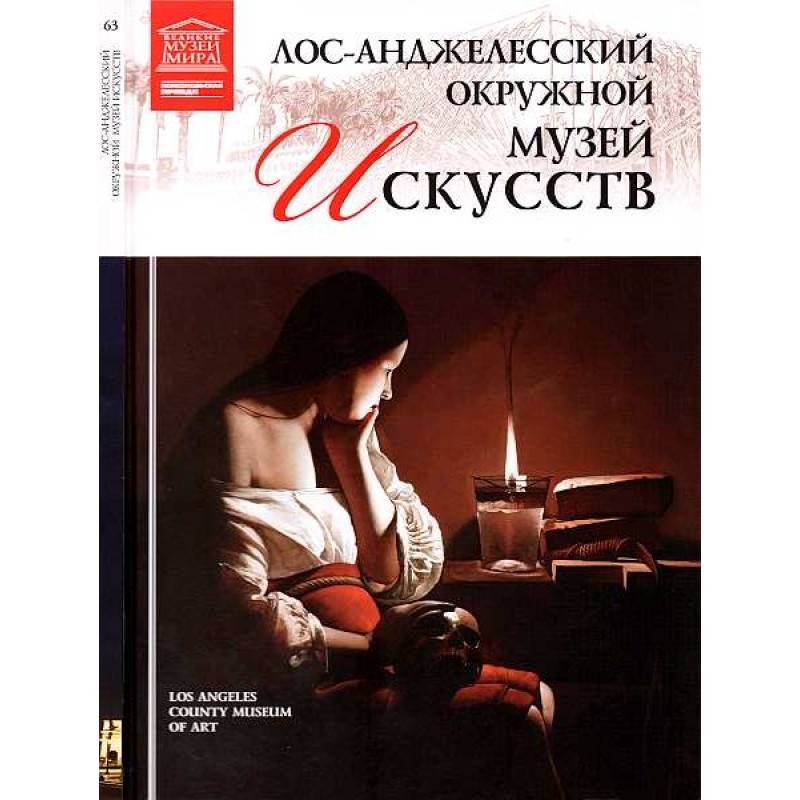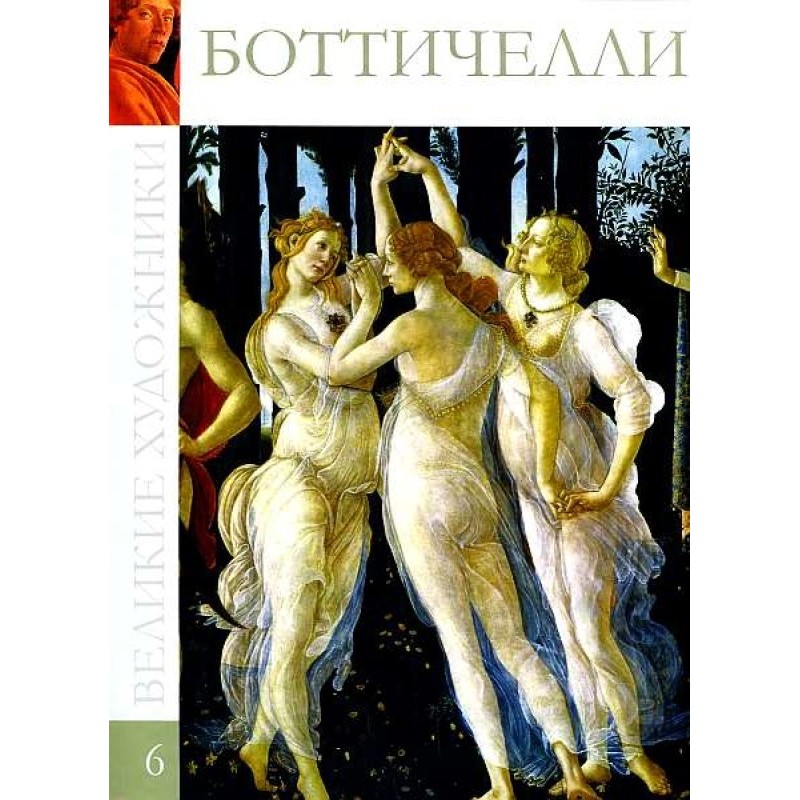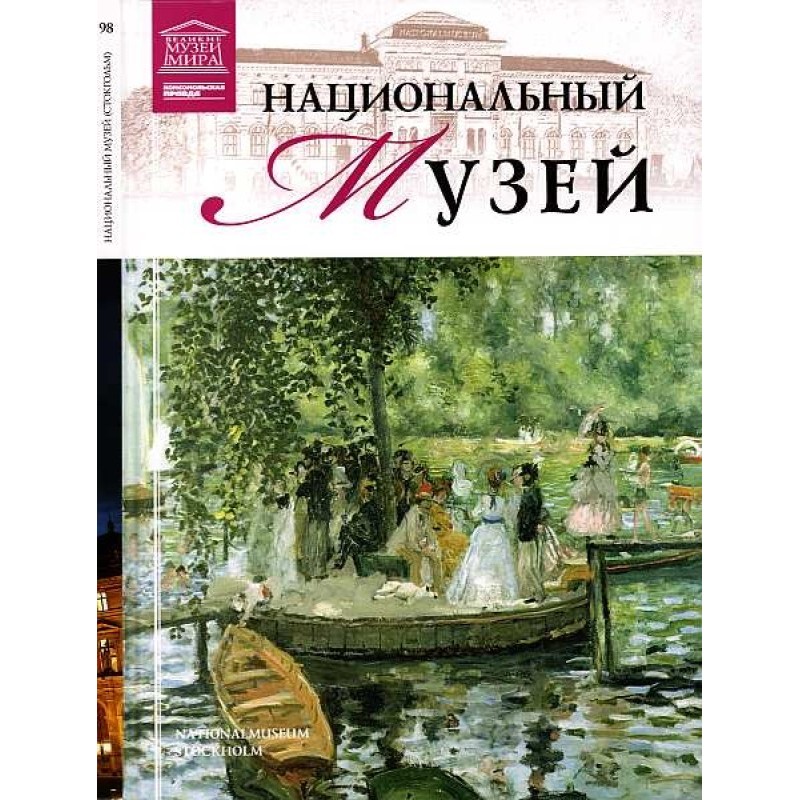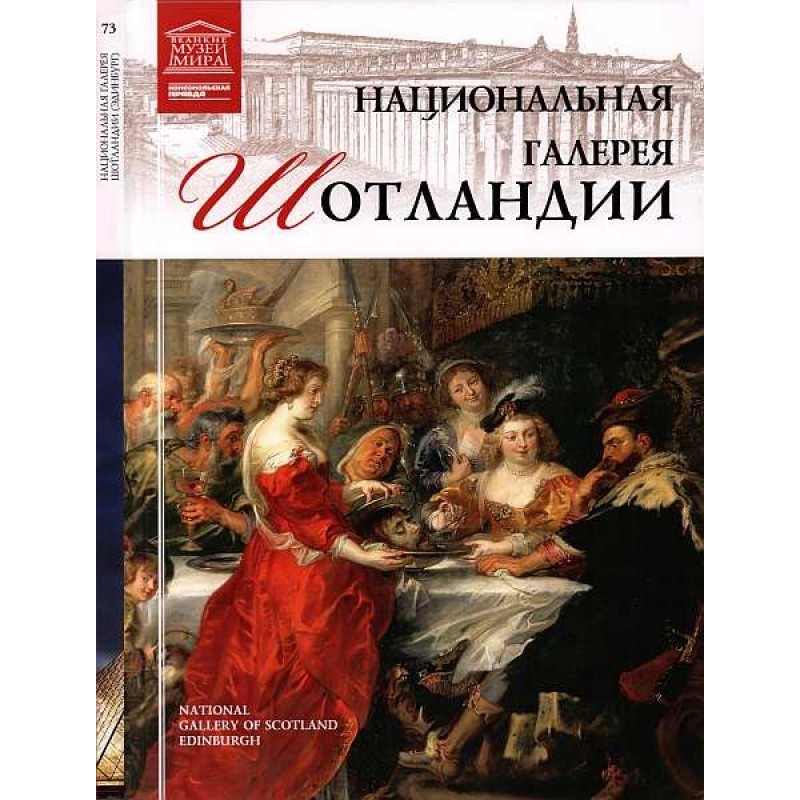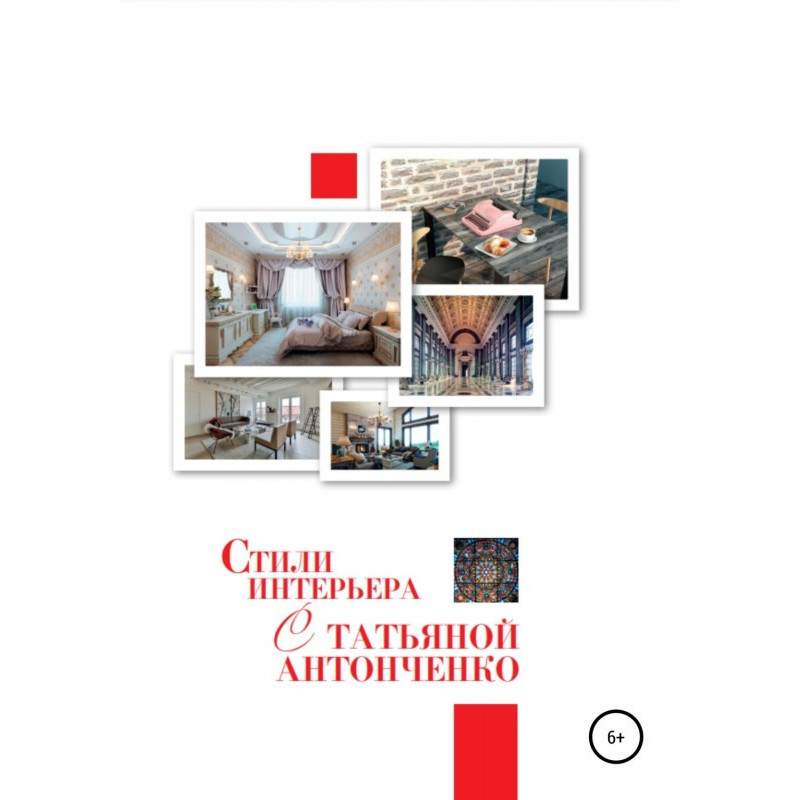Louvre
 Instant download
Instant download
after payment (24/7)
 Wide range of formats
Wide range of formats
(for all gadgets)
 Full book
Full book
(including for Apple and Android)
The Louvre is the main art museum in France. It is one of the most famous and most visited art museums in the world, occupying the third largest area - 160,106 m2. Its collections are located in the former royal palace, a grandiose complex of buildings whose construction took place over eight centuries. Over the centuries, each new ruler of France rebuilt, updated and expanded it in his own way. Today, the Louvre is visited annually by more than five million people. The list of names and paintings is huge, among which there are masterpieces of world significance. The Louvre is the main art museum in France and one of the greatest art repositories in the world, located in the heart of Paris, on the banks of the Seine. The Louvre is a former royal palace, a complex of buildings remarkable in its architecture, which was built, rebuilt and completed for 800 years before its modern appearance was formed. The history of the Louvre's collection of Western European paintings dates back to the 16th century and is associated with the name of King Francis I. From his collection, today's Louvre houses nineteen paintings by artists of the Italian Renaissance, as well as Leonardo da Vinci's masterpiece "La Gioconda". The first French work in the Louvre collection is also associated with Francis I - this is his portrait by Jean Clouet. Subsequently, paintings were collected by both kings and cardinals, and Louis XIV and his minister Colbert were especially successful in this. But the French Revolution made the royal collection, from which today’s collection of paintings grew, into the public domain, opening the doors of the Louvre to the people. This happened on November 18, 1793. From the collection of the Louvre you can study the history of Western European painting: the collection of paintings is so rich, many of which are also recognized masterpieces. The author was able to explain many of the features of the styles characteristic of the painters, whose canvases are in the museum, and spoke about the difficulties they faced in life and work. The reader will be interested to know how they were overcome, how artists reached those positions in painting that immortalized their names.
Data sheet
- Name of the Author
- Марина Гордеева Николаевна
- Language
- Russian
Reviews
Неперевершений путівник у світ мистецтва
Книга "Лувр" - це справжнє відкриття для всіх, хто цікавиться мистецтвом та історією. Автор майстерно поєднує інформацію про величезний музей, його архітектуру та колекції з глибокими історичними контекстами, що робить читання не лише інформативним, а й захоплюючим. Я був вражений тим, як детально описані шедеври, що зберігаються в Луврі, а також їхні творці та обставини, в яких вони працювали. Книга дозволяє зануритися в атмосферу Парижа, відчути дух часу, коли створювалися ці картини. Вона не лише розширює знання про мистецтво, а й надихає на відвідування музею, щоб побачити ці шедеври на власні очі. Рекомендую цю книгу всім, хто хоче глибше зрозуміти західноєвропейське живопису та його історію!

